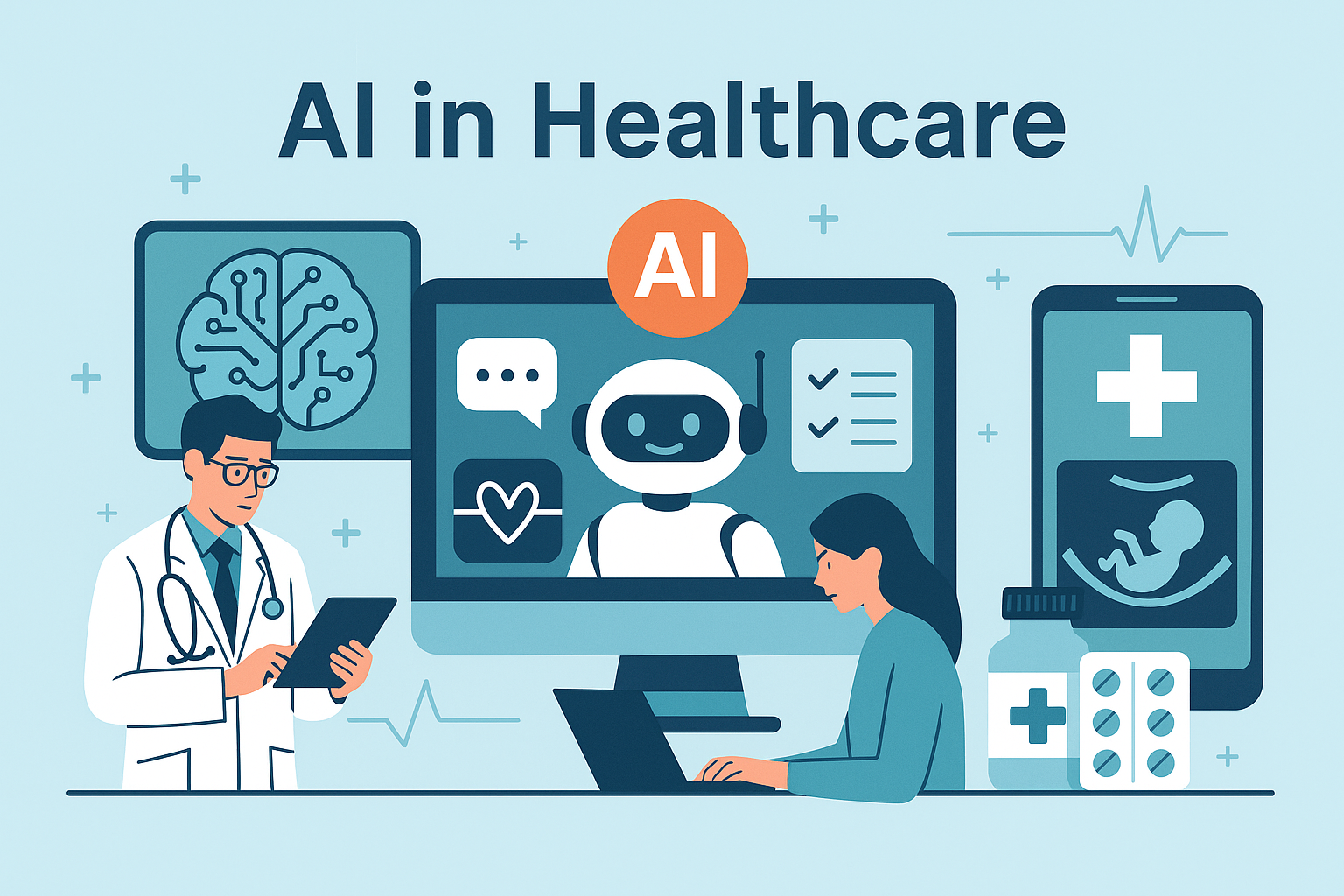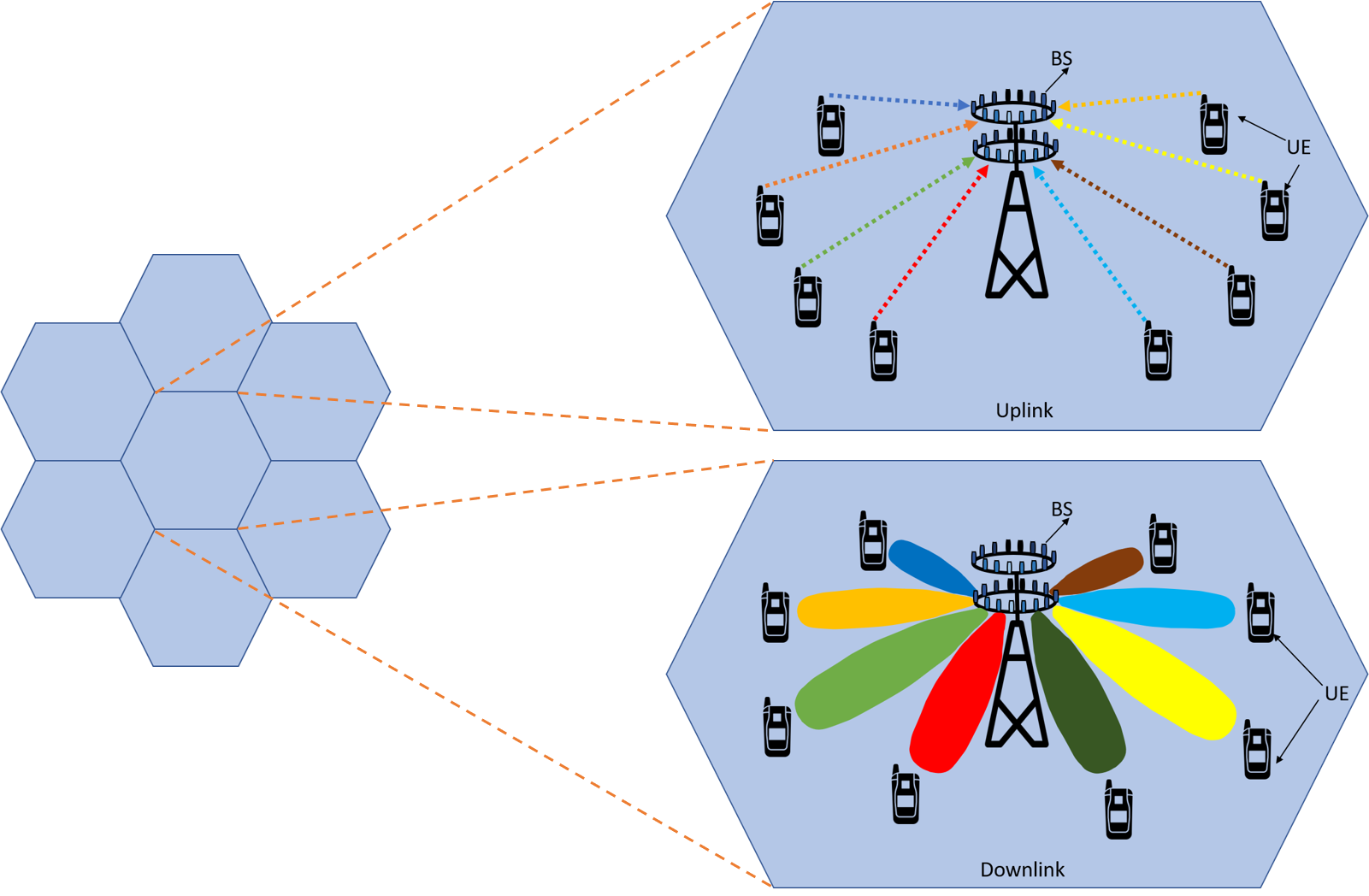Texas Christian University
NextGen AI Research Lab
Current Research Projects
Our research lab is focused on addressing key challenges in modern technology, including cybersecurity, education, and next-generation networks. We are exploring how AI, machine learning (ML), and large language models (LLMs) can improve cybersecurity, assist small businesses, and enhance educational outcomes. Additionally, we work on advancing the implementation of key technologies for 5G, beyond 5G (B5G), and 6G networks, as well as optimizing massive MIMO and mmWave systems for efficient and secure communications.
AI and ML for Cybersecurity Offense and Defense

Our work focuses on leveraging AI, ML, and LLMs to address evolving cybersecurity challenges across both offensive and defensive domains. Ongoing projects include:
- Investigating the effectiveness of ML algorithms and LLMs for phishing email and phishing URL detection.
- Developing AI-driven systems for malware detection, intrusion detection, threat monitoring, and secure authentication.
- Applying AI and ML to analyze network traffic patterns for early detection of anomalies and cyberattacks.
- Green Cybersecurity: Leveraging AI, ML, and LLMs to optimize energy efficiency while strengthening threat detection and sustainability frameworks.
- Building LLM-powered tools to generate adaptive defense strategies against adversarial attacks and prompt injection threats.
- Designing AI-assisted security frameworks to help small businesses secure their networks cost-effectively.
- Exploring AI and LLMs for social engineering detection, including automated identification of phishing, smishing, and deepfake-based attacks.
AI for Education

Our research explores the transformative role of AI and large language models (LLMs) in shaping the future of education. Current directions include:
- Designing AI-powered Teaching Assistants that can provide scalable and interactive classroom support.
- Developing LLM-based tutors capable of delivering personalized, on-demand academic guidance across disciplines.
- Investigating the impact of AI on undergradaute student engagement, critical thinking, and long-term knowledge retention.
- Creating adaptive learning platforms that adjust instructional content to different skill levels and learning styles.
- Exploring ethical and responsible use of AI in classrooms to ensure equity, transparency, and academic integrity.
AI in Healthcare

Our lab is applying AI and LLM technologies to improve healthcare delivery, equity, and patient outcomes. Ongoing projects include:
- Addressing bias and inconsistencies in large language models when responding to health-related queries.
- Using LLMs to provide supportive tools for children recovering from trauma, with a focus on safe and empathetic interaction.
- Improving Pediatric Early Warning Score (PEWS) systems with AI-driven predictive modeling to support timely clinical interventions.
- Developing AI-assisted diet management tools that adapt nutritional recommendations to individual health profiles and goals.
Key Enabling Technologies for 5G, Beyond 5G and 6G Networks
.png)
We are exploring the key enabling technologies for B5G and 6G networks and their implementation challenges. The goal is to improve data rate, latency, reliability, security, and energy efficiency.
- Explore AI, ML, and quantum communication for next-generation networks.
- Design signal detection, channel estimation, channel modeling, user scheduling algorithms, and frameworks for B5G and 6G networks.
- Explore Ultra-Massive MIMO, millimeter wave, and terahertz-wave bands.
Massive MIMO and mmWave System for Next-Generation Networks

Our work on massive MIMO is focused on overcoming several implementation issues for massive MIMO technology — improving signal detection, design of robust user scheduling algorithms, mitigation of pilot contamination, and hardware architecture designs.
- Develop low-complex and efficient algorithms and their hardware designs to address current challenges on signal detection, precoding, channel estimation, user scheduling, and pilot contamination.
- Investigate the use of Massive MIMO for Vehicle-to-Vehicle (V2V) and Vehicle-to-Infrastructure (V2I) communication to allow efficient and faster exchange of data while mitigating interference.
- Explore the use of machine learning and deep learning algorithms for massive MIMO channel estimation to predict statistical channel characteristics for enhancing physical layer security.